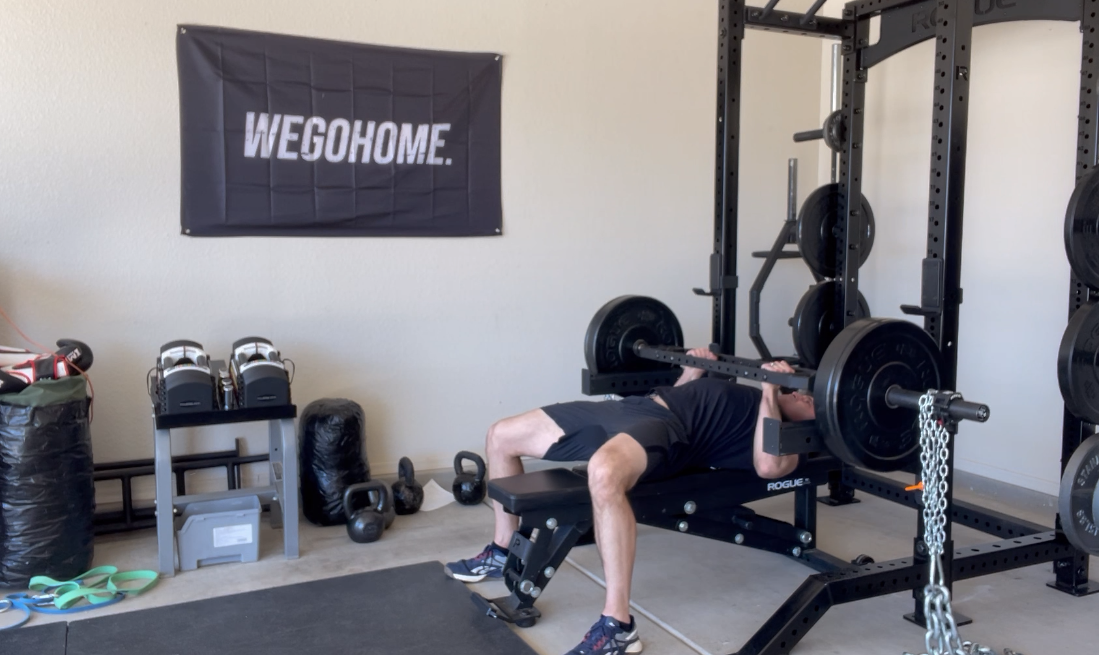The first thing I do when I teach a basic SWAT strength and conditioning course is I do a quick explanation of the energy systems of the human body. We don’t go into the weeds on the subject but it sheds light on why I structure the programs the way I do, and the importance of why I order the training months, weeks, sessions, and even the exercises prescribed.

Although the diagram above depicts what energy system is most dominate at different phases of effort, all of the energy systems depicted above “turn on” at the same time. Meaning, it is impossible to truly isolate each pathway when training. However, like in our programming, you can still prioritize each energy system by utilizing different methods.
The key takeaway is that each of these systems use different energy sources when the body completes a physical task. In some cases, if you try to develop several systems at once, they essentially fight each other for resources, ending with subpar results. This is why we block our training We Go Human Performance, and train the systems that complement one another.
To take this further, I further break this down for the operators:

What should the first responder take from the above breakdown?
-
The aerobic system is foundational.
-
Even during high intensity intervals the aerobic system works in the background helping your body recover between bouts.
-
Neglecting Aerobic training caps your body’s ability to push into higher intensity zones.
-
Training power for traditional strength training or conditioning requires shorter bouts of effort and FULL recovery.
-
Training capacity requires slightly longer intervals with shorter/incomplete rest periods.
You need strength AND conditioning, and they certainly can be training concurrently. However, it just means we focus our efforts a bit ...We don’t swing the pendulum too far in either direction on the athletic spectrum...but we have to move up and down a bit to make progress.
You wouldn’t for the rest of your life do sets of 10 reps of an exercise, nor would you always do heavy singles. There is a time and a place for both methods. They’re both valuable.
Conditioning is no different. If you always destroy yourself with max effort 30-60 second intervals at some point you’ll burnout. You have to take the time to build your foundation if long term progression is your end goal. However, If you never push your heart rate beyond zone 2 you’ll have a phenomenal aerobic base, but you’ll never reap the benefits of training your VO2 Max nor will you have trained the physical capacity to handle the intensity of conflict when the guy who you told is wanted out of state decides he doesn’t want to come with you off of a midnight traffic stop.
Many of the training methods above are centered on training in a traditional gym setting. I want to be clear there is nothing stopping you from applying these principles to more “sport specific” training. This means minding our heart rate and rest periods while hitting the heavy bag or mitts, or even sprint intervals on the range. I would love to see departments have their officers do sprint repeats coming out of a car as if they’re in a foot pursuit. A few short sets with full recovery between bouts an you just completed a phenomenal alactic session that had officers go through all the skills of one of the most dangerous activities they face on the street.
Your training, like your career, should be planned just like an athlete plans seasonal training cycles prior to competition. Problem is you never get an off season. In our programming we respect that balance of the chaos of your professional choices.
I know it’s challenging to find the time to train. I know it’s challenging to get into the gym. Your profession is just...challenging.
Take the guess work out, follow a sound plan, and keeping moving forward.



